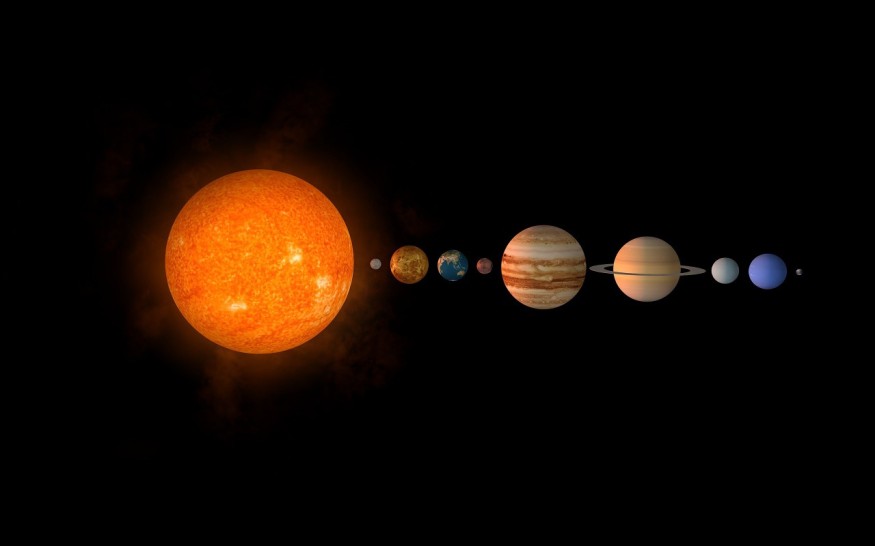The basic needs of humans are food, water, air, and shelter. Humans will not be able to survive if any of these basic needs are not met. That is why humans can only live on Earth because it is the only planet that has oxygen, which is the type of air that they breathe.
Without sufficient oxygen on a planet, humans will die fast. More so, humans could die faster when in an environment with insufficient temperature and pressure. So, here's how humans could die if they go to another planet without any protective gear based on Newsweek's report.

Mercury
Mercury is the closest to the Sun and is extremely hot with temperatures soaring up to 800 degrees Fahrenheit (427 degrees Celsius) at its hottest and at -290 degrees Fahrenheit (-179 degrees Celsius) at its coldest, as per Space.com. Its temperature is due to the fact that Mercury has barely any atmosphere to retain from being directly hit by the Sun's heat.
That means death on the cold side is equivalent to death in outer space, which could last for two minutes. Meanwhile, death on the hot side means getting burned within seconds while asphyxiating as all water in the body evaporates.
Venus
According to NASA, the thick atmosphere of Venus gives it a greenhouse effect that sees its surface temperature go up to 867 degrees Fahrenheit (464 degrees Celsius). Its thick atmosphere also means that the pressure on the Venutian surface will be lethal. Also, its clouds are made of sulfuric acid. Dying them means suffocating and burning due to extreme heat and acid in seconds.
Mars
Out of all the planets in the Solar System except Earth, Mars probably has the most survivable surface conditions. Its temperature could reach a pleasant 70 degrees Fahrenheit (21 degrees Celsius) in summer, although it could be as cold as -225 degrees Fahrenheit -142 degrees Celsius) at the poles.
Neil deGrasse Tyson explained to Business Insider that Mars is very cold and has very thin air. Humans could probably walk around on Mars until they could not hold their breath any longer and die within two minutes.
READ ALSO : What Is Coldest Place in the Solar System? How Does It Compare to the Freezing Temperature on Earth?
The Gas Giants: Jupiter, Saturn, Uranus, Neptune
Newsweek reported that death on the four gas giants of the Solar System would be almost the same, but also carry depending on which part of the planets will people go to since they do not have a surface. Going there means instantaneous death and it would likely be too quick to even experience anything.
For example, Saturn's core is thought to be around 15,000 degrees Fahrenheit (8,316 degrees Celsius), while the pressure on Jupiter's core will be so high that it would feel like having 160,000 cars stacked on top of each other on the body.
Meanwhile, the experience in the clouds also means being subjected to temperatures ranging from -166 degrees Fahrenheit (-110 degrees Celsius) on Jupiter to -330 degrees Fahrenheit (-201 degrees Celsius). Since there is no solid surface on these planets, humans who enter them will fall through them until they are crushed under intense pressure.
Moons
Although moons are not planets, they are still noteworthy because scientists are also looking into them for possible signs of life. Professor Betül Kaçar, the lead scientist at NASA Center for Early Life and Evolution at the University of Wisconsin told Newsweek that people will not be able to breathe in them, will be bathed in irradiation, and be blasted into space in an icy geyser.
RELATED ARTICLE : Life in Venus's Clouds Found? Substance From Living Organisms May Indicate Life on Hottest Planet
Check out more news and information on Space on Science Times.
© 2025 ScienceTimes.com All rights reserved. Do not reproduce without permission. The window to the world of Science Times.











